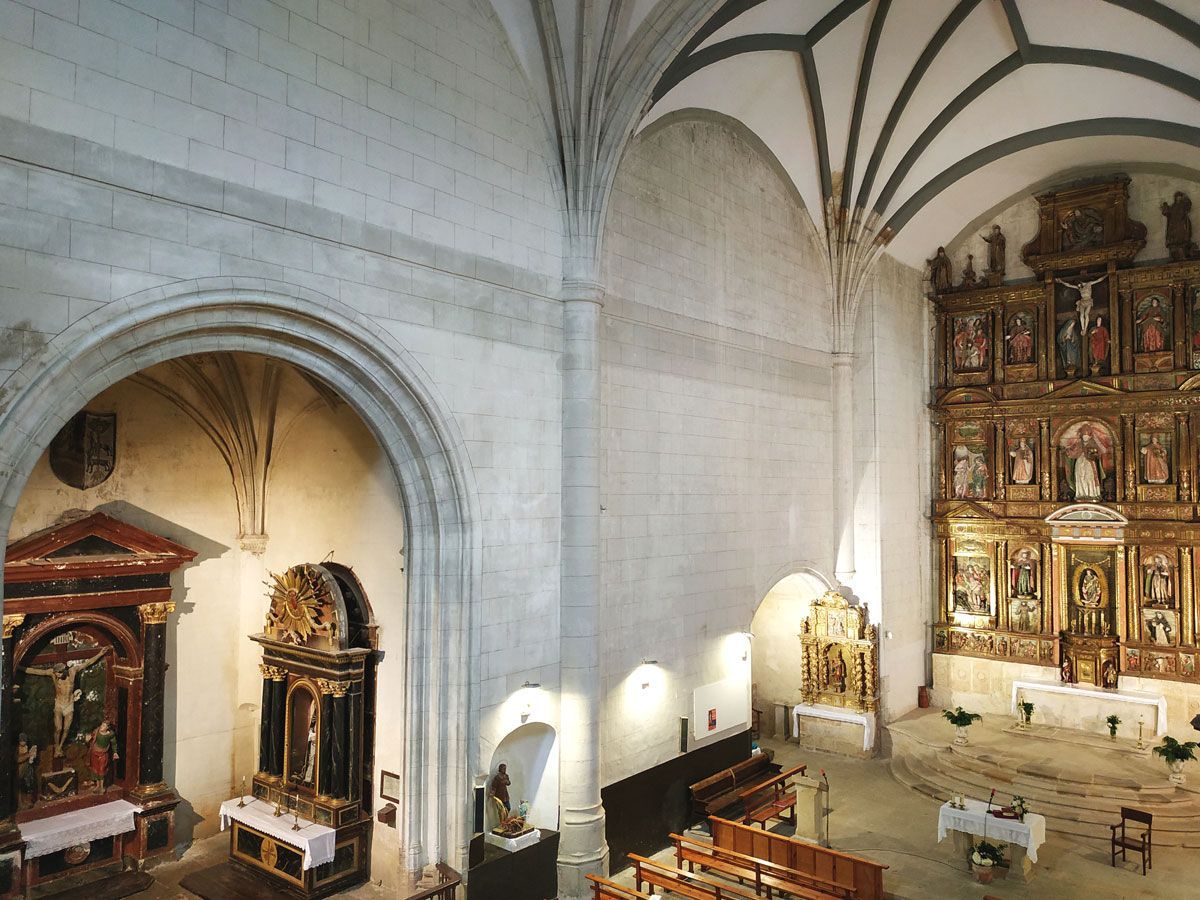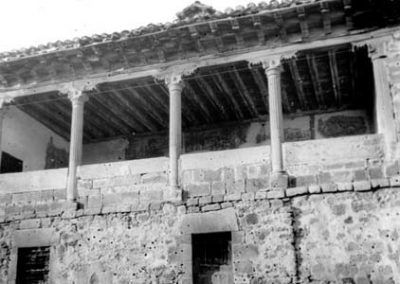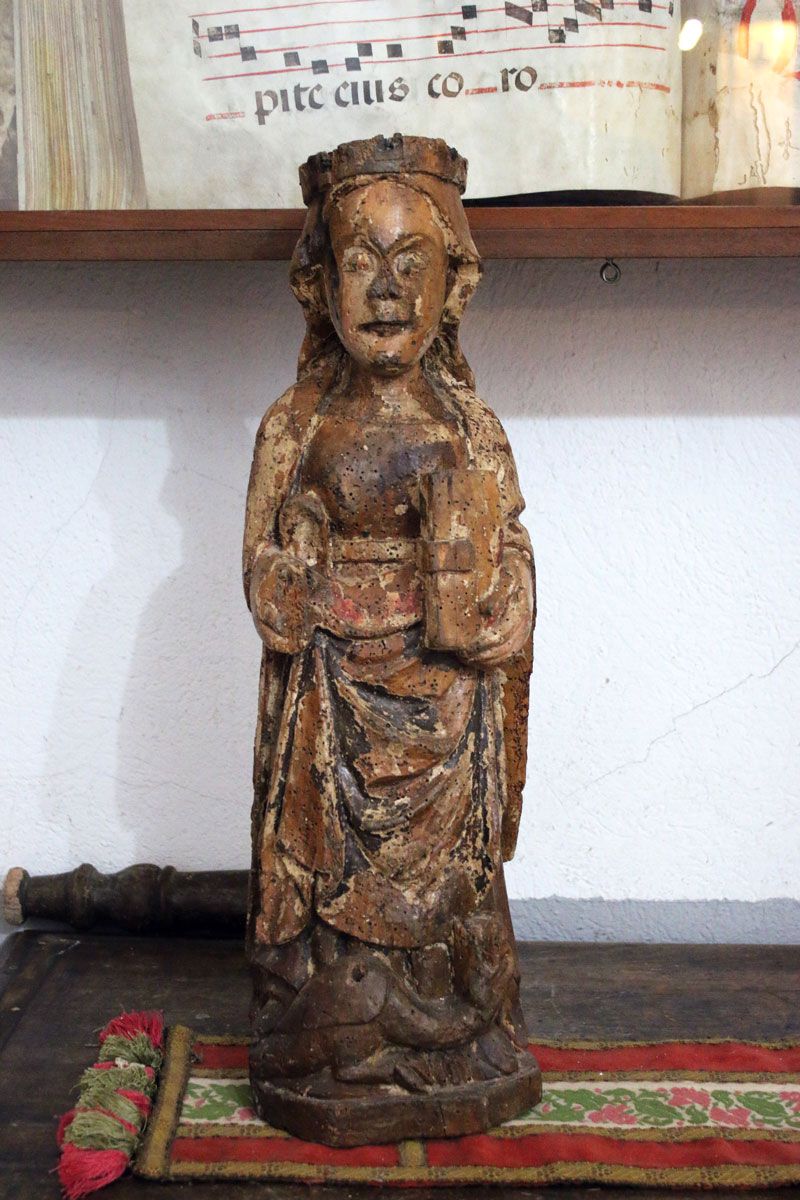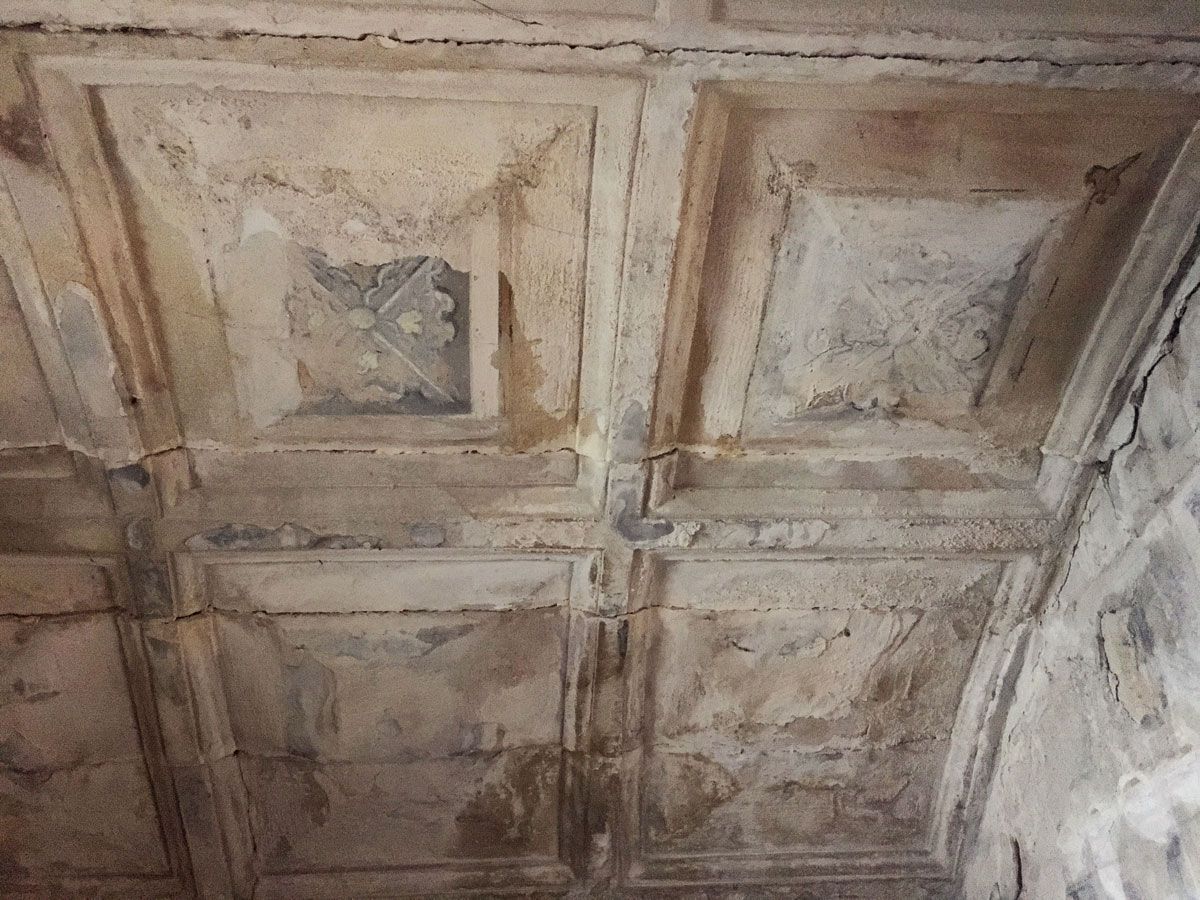
Ate digital bat ondareari irekia

SARRERA
Oso aspalditik, Done Jakue bidea jarraitzen zuten erromes, mandazain edo merkatarientzat ezinbesteko pasabidea eta bidegurutzea izan da Zalduondo. Araba eta Gipuzkoa banatzen duen muga naturala den San Adrianetik gertu egoteak, eta Aitzgorriko mendilerroan kokaturik egoteak, Arabako ate bilakatzea ekarri zuten. Ez da arraroa, antzina, bertan erromesentzako ospitale bat aurkitzea, eta, halaber, garraio-kofradia indartsu bat ere bertan kokatzen zen, inguruko azoka oparoetan aurkitzen ziren produktuen neurriak aztertzen zituztenak. Hainbesteko bidaiarien joan-etorriak sortzen zuen aberastasunak arabar familia handiak erakarri zituen, inguruan finkatu egin ziren eta, bertan, gaur egun oraindik ere herri osoan zehar ikusi ahal ditugun jauregiak eraiki zituzten.
Lazarragatarren jauregia
Lazarragatarrek, Guevaratar familia boteretsuaren basailuak zirenak, Oñateko hiribildutik gertu zeukaten bere jaurerria. Guevaratarrek mesede egin zieten eta leku estrategiko eta esanguratsuetan kokatu ziren. Zalduondoko kasuan, merkataritza-guneen bidegurutzea zenez, Lazarragatarrek kontrolatu zuten. Familia hau herrian beste hainbat lan garrantzitsuren sustatzailea izan zen, hala nola, herriko parrokia, non oraindik kontserbatzen den kapera pribatu bat eraiki zuten, eta elizaren ondoan Berpizkundeko jauregi ikusgarri bat. XVI.mendeko eraikuntza zibil honen aurrealdean zizelkaturik, Lazarraga-Leceatarren armarri handi bat daukagu, monumentaltasun handiz albo banatan bi armagizon dituelarik. Jauregi eklektiko baten aurrean gaude, izan ere, eragin italiar, gaztelar eta mudejarrak aurkitzen ditugu, eta baita estilo barrokoa aurreratzen duten elementuak ere.
Lazarragatarrek, Guevaratar familia boteretsuaren basailuak zirenak, Oñateko hiribildutik gertu zeukaten bere jaurerria. Guevaratarrek mesede egin zieten eta leku estrategiko eta esanguratsuetan kokatu ziren. Zalduondoko kasuan, merkataritza-guneen bidegurutzea zenez, Lazarragatarrek kontrolatu zuten. Familia hau herrian beste hainbat lan garrantzitsuren sustatzailea izan zen, hala nola, herriko parrokia, non oraindik kontserbatzen den kapera pribatu bat eraiki zuten, eta elizaren ondoan Berpizkundeko jauregi ikusgarri bat. XVI.mendeko eraikuntza zibil honen aurrealdean zizelkaturik, Lazarraga-Leceatarren armarri handi bat daukagu, monumentaltasun handiz albo banatan bi armagizon dituelarik. Jauregi eklektiko baten aurrean gaude, izan ere, eragin italiar, gaztelar eta mudejarrak aurkitzen ditugu, eta baita estilo barrokoa aurreratzen duten elementuak ere.
ELIZA
Zalduondoko herriaren erdialdeko muino batean Done Saturninoren eliza aurkitzen dugu. Done Jakue bidearekin oso lotua dagoen santu frantziar honek, Zalduondok Done Jakue bidearekin daukan lotura adierazten digu.
XVII.mendean zehar eraiki zen erretaula nagusia elizaren bitxi preziatuena da eta santu honen omenez egina dago. Erretaula hau bi estilo ezberdin nahasketa da: alde batetik, Pedro de Ayala artistaren erromanismoa, eta bestetik, armazoiak daukan kutsu klasikoa.

Sakrisitiara gerturatzen garenean, terzelete formako bi zatiko gangez osatutako espazio bat aurkituko dugu. Hauek aingeru-buru formako mentsulek sostengatuak daude. Gaur egun, espazio hau tenpluko museo txiki bat bihurtu da. Bildumaren pieza preziatuenen artean kantu-liburu bat aurki dezakegu eta, bereziki, Erdi Aroko egurrezko bi tailla, elizako zorupean lurperatuta aurkitu zirenak. Lehenengoa, Santa Marina bezala identifikatua izan da, Galiziako santu bat, Done Jakue bidean zehar oso ospetsua. Uste da XIX. mendean desagertu zen ermita baten irudi nagusia izan zela. Beste eskultura, bere jantzien arabera, monje bat dela esaten dezakegu, bere identitatea ezezaguna bada ere. Tolosako Done Saturnino izan liteke, tenpluko titularra, edo, beharbada, San Blas, herrian egon zen beste ermita baten izenpeko santua.
Koruan lautadako Berpizkundeko eskultura ederrenetariko bat aurki dezakegu. Albo banatan, Deikundea errepresentatzen duen erliebe erromanista bat dago, Italiatik etorritako ereduaren eraginpekoa, alegia, bereziki, gehiegizko muskulaturan eta keinu adierazgarrietan Michelangelo-ren eskua ikusten delarik.
Kapera
Iparraldeko aldean, koruaren ondoan, Doña María Fernández de Amezaga y Lazarragak sortutako kapera pribatu handi bat irekitzen da. Beronen familiako armarriak murruetako bat hartzen du. Nabarmendu beharra dago ekialdeko murruan kokatzen den erretaularen bitxikeria, antzinako erretaula baten gainean dago, eta oraindik ere hau ikus daiteke berriaren albo batean.
De las fotografías actuales: © Alava Medieval / Erdi Aroko Araba
De las fotografías antiguas: Gerardo López de Guereñu, Archivo del Territorio Histórico de Álava.































